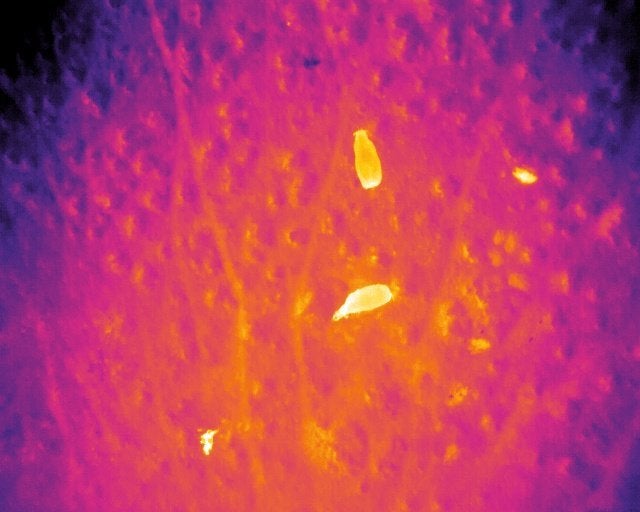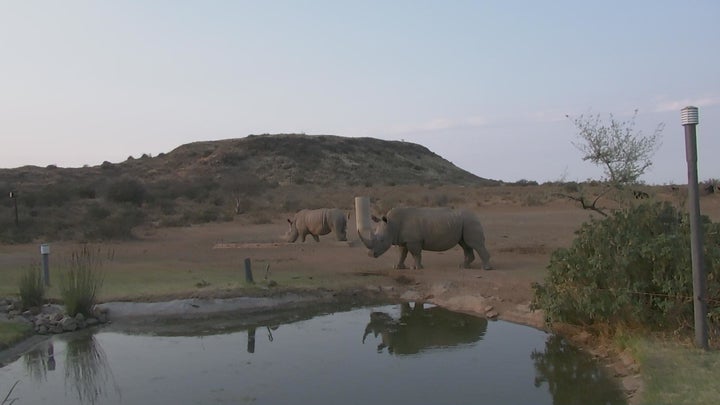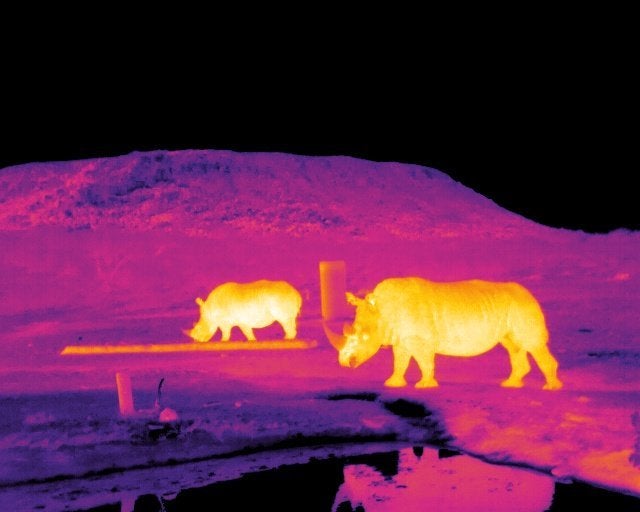The same technology that’s used to spot the most distant stars in our universe could soon be used to trap poachers here on Earth.
The system uses a combination of flying drones, infrared thermal imaging and advanced AI to monitor animals at night when the majority of poaching occurs.
Incredibly the team behind the technique have already seen success in South Africa where an early field trial was able to detect the elusive riverine rabbit, one of the most endangered mammals in the world.

Following this early success scientists are hopeful that heat-sensitive drones will soon be able to track animals like rhinos and then spot poachers who are trying to hunt them under the cover of darkness.
Dr Claire Burke, from Liverpool John Moores University, said: “With thermal infrared cameras, we can easily see animals as a result of their body heat, day or night, and even when they are camouflaged in their natural environment.
“Since animals and humans in thermal footage ‘glow’ in the same way as stars and galaxies in space, we have been able to combine the technical expertise of astronomers with the conservation knowledge of ecologists to develop a system to find the animals or poachers automatically.”
The researchers “trained” the AI software to recognise different types of animals in a range of landscapes and vegetation.

The team has also developed software that models the effects of vegetation blocking body heat, enabling the detection of animals hidden by trees or leaves.
Further upgrades will compensate for atmospheric effects, weather and other environmental factors.
Describing the riverine rabbit trial, Dr Burke said: “The rabbits are very small, so we flew the drone quite low to the ground at a height of 20 metres. Although this limited the area we could cover with the drone, we managed five sightings.

“Given that there have only been about 1,000 sightings of riverine rabbits by anyone in total, it was a real success.”
In May the astro-ecologists will carry out more field trials looking for orangutans in Malaysia and spider monkeys in Mexico. Then in June they will carry out a search for Brazilian river dolphins.
“Our aim is to make a system that is easy for conservationists and game wardens to use anywhere in the world, which will allow endangered animals to be tracked, found and monitored easily and poaching to be stopped before it happens,” said Dr Burke.
